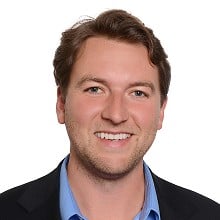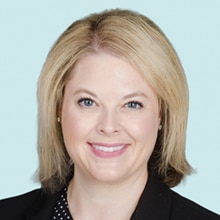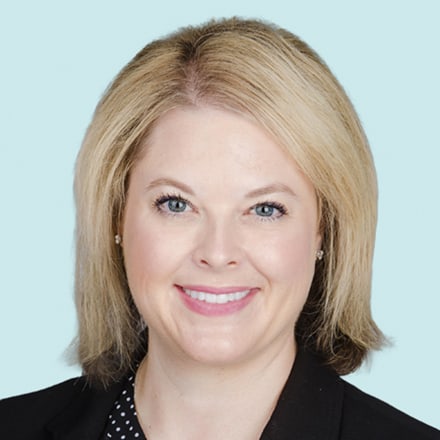Inside Angle
From 3M Health Information Systems
Three questions with Joe Stadther: Finance, fishing and the future
I sat down with the 3M Health Information Systems VP of Clinician Solutions (M*Modal) Joe Stadther to talk about physician burnout, how technology can help and some trends to be on the lookout for in 2022.
Welcome to Inside Angle! Tell us a little bit about your background, your journey to 3M HIS and your new role.
Before I came to 3M, I worked for Boston Scientific and GE. I started at 3M in what was then the electronic and energy business group in finance. In 2017, I moved to 3M HIS as an external CFO of the division. In 2019, I was part of the M*Modal acquisition team and worked on the valuation and strategy for the acquisition. When the pandemic hit in 2020, I moved into a COO role to help our clients navigate the new financial situation and business challenges they were starting to face. Recently, I came full circle and moved into my current role, running the business I advocated to buy.
In my current role, the goal is to use my financial and business expertise to tackle some of the industry’s biggest challenges when it comes to physician burnout and the financial viability of health care organizations. I’ll talk more about it later, but ensuring that visits are properly documented and paid for, without burdening the physician and pestering them for additional documentation, not only helps to reduce the workload on physicians, but it helps ensure financial stability for the long term.
I live in Minnesota now, but previously lived in Utah. When I get some time away, I enjoy fishing in both states, but miss chasing trout in Utah.
Physician burnout is a huge hot topic in health care right now. Can you talk about the realities physicians are facing, physician burnout and some of the things 3M HIS is doing to combat it?
Physician burnout is real, and if we don’t address it in a real way, we’re going to continue to see quality physicians leave the field of medicine. One of the most important things that we’re doing is listening. We’ve hired a chief medical officer for our group to help give us direction when it comes to technology. We understand physicians are at a tipping point and need technology that helps them solve problems, reduce their workload and improve both their patient interactions and outcomes. We want to show them the value in technology, but in a way that helps and supports them, not burdens them.
We’re constantly meeting with physicians to get their feedback on documentation challenges, technology and other administrative tasks that are on their plate. We know that the perfect ambient technology isn’t here yet, but we’re on the path to creating it through partnering with the individuals who are on the front lines. We’re creating transparency in what the technology can and cannot do today, and what it should be able to do in the future. It’s a journey. We know we can’t solve all of the issues today, but we’re working hard to create a path to build these solutions as quickly as we can.
As we get ready to ring in 2022, what are some trends in the clinician space you see for the year?
There are three trends to look out for. One is reducing physician burden through technology. Two is accurate documentation at the point of documentation. Three is increasing the quality of care by expanding the use of natural language understanding (NLU).
The first trend, especially as it relates to physician burnout, is how can technology solve documentation problems? Physicians aren’t happy in their roles because they don’t have enough time to devote to patient care. Rather, they are spending time on documentation, re-documentation and other administrative tasks. Technology has the capability to reduce the amount of time physicians spend documenting while increasing accuracy, improving patient outcomes, and creating a more rewarding work environment for physicians by enabling them to spend more time with patients.
The other trend is driving down the cost of care. How can we do that and support our physicians at the same time? The answer is through computer-assisted physician documentation (CAPD). We can help ensure that physicians are able to capture everything they need, accurately, and at the point of care. I like to give this example: how helpful is Microsoft Word without spell check? It’s limited.
With CAPD, we’re essentially conducting clinical spell check. This is very simplified, but we can send nudges for things like: you didn’t specify whether this patient has diabetes 1 or 2. We can do this at the moment of documentation, not three days later. Like spell check, the technology will also aid physicians in correcting areas where they repeatedly miss details, making it less likely they miss them in the future. The best nudge is the one we don’t have to send.
The third trend is expanding the use of NLU to increase the quality of care through accurate documentation in new ways. One example is radiology follow up. We have a technology solution that can flag a nurse to follow up on a patient when a secondary issue has been found in a radiology report. Right now, there is a lot of lost opportunity to increase quality because these follow ups are missed.
Joe Stadther is vice president of Clinician Solutions (M*Modal) at 3M Health Information Systems.
Kelli Christman is senior marketing communications specialist at 3M Health Information Systems.




